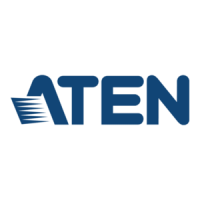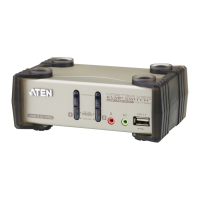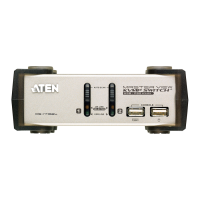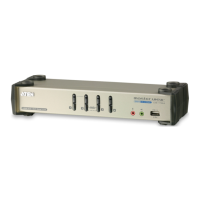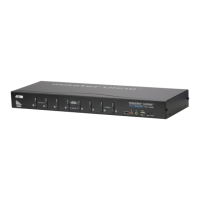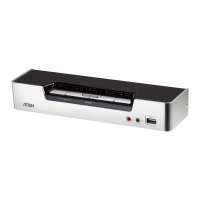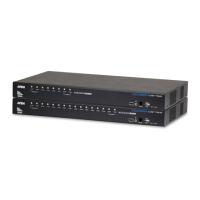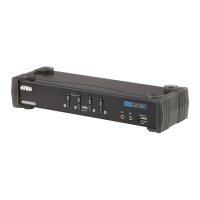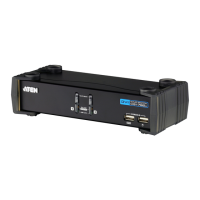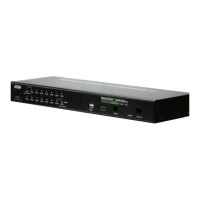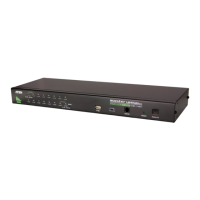Why are my USB devices not responding on my ATEN CS1734B?
- RRebecca HammondAug 7, 2025
There are several reasons why your USB devices might not be responding. One potential cause is that the USB ports need to be reset. To do this, unplug the device’s USB cable from the USB port on the switch’s rear panel, and then plug it back in. Another solution is to use the USB reset hotkey combination to reset the USB ports. Also, try changing the OS by selecting SPC mode in the PORT OS settings. Note that Linux Kernel 2.6 or higher is suggested. If the OS does not support USB 2.0, change to the PS/2 interface.
